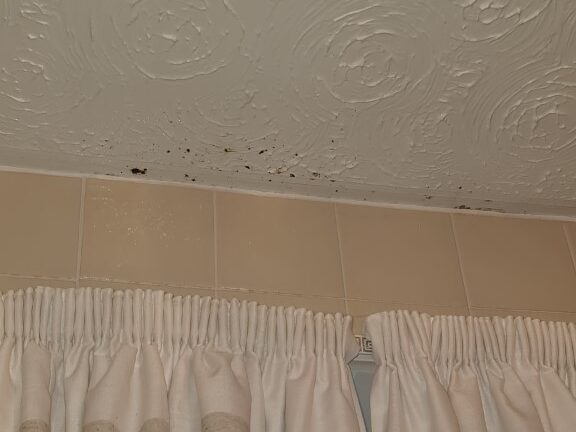What causes mould in your rental property?
Mould in rented property can be problematic in winter months and spring. The effects of closed windows and poor ventilation, steaming food in a kitchen or drying laundry indoors can cause mould to spring up during a tenancy.
If the property had no mould at check-in, but then mould in rented property is present at check-out, it helps an adjudicator of the deposit protection scheme if a specialist damp report is available stating the case of the mould present at check-out was a direct result of the tenant’s lifestyle.
Recent poll results
A recent poll of over 200 responses showed:
- Bathrooms and bedrooms were the most affected rooms by mould in rented property
- A quarter of cases were caused by poor ventilation
- Two thirds of Landlords have experienced mould in their properties due to tenant neglect
Deposit Protection Scheme Stats
According to a Deposit Protection Scheme:
- Drying clothes indoors was responsible for 21% of mould cases
- Showering without opening windows was cause of 17% of mould cases
- Only 12% of Landlord’s raised a deposit deduction claim for mould
- Only 39% of Landlord’s refer specifically to mould in their Tenancy Agreement.
- 69% give tenant’s guidance on damp and condensation
Top Tips if you have mould in rented property
- Be clear in Tenancy Agreement about ventilation and heating so Tenant’s are aware of their responsibilities in the property and how to deter mould in rented property.
- Educate Tenant’s to benefits of opening windows whilst showering cooking and drying laundry.
- Ensure both check-in and check-our reports state condition of the property with dated photographs.
- If your tenant is planning on being away for a length of time in winter months, take measures to ensure the temperature does not drop too low.
Advantages of hiring a professional inventory clerk
As a landlord, hiring an inventory clerk can save you time and problems. The professional service means that you have peace of mind that nothing is missed off the inventory. Regular inspections of the property will ensure any changes are documented during the tenancy and allow you to discuss any potential issues which may cause damp, for example – drying clothes on radiators, and mould in rented property. Finally, the check-out report is a reflection on the condition of the property at that time and this report can be used to compare against previous reports and are useful when making a claim against a tenant’s deposit.
